Caldas means a place of hot springs or baths in Portuguese.
Caldas de Monchique has been recognised for its thermal springs and the healing powers of the Monchique water since Roman times and has a history dating back at least 100 years BC.
More recent visitors to the Algarve would be familiar with the Monchique mineral water that is served in hotels and restaurants throughout the region
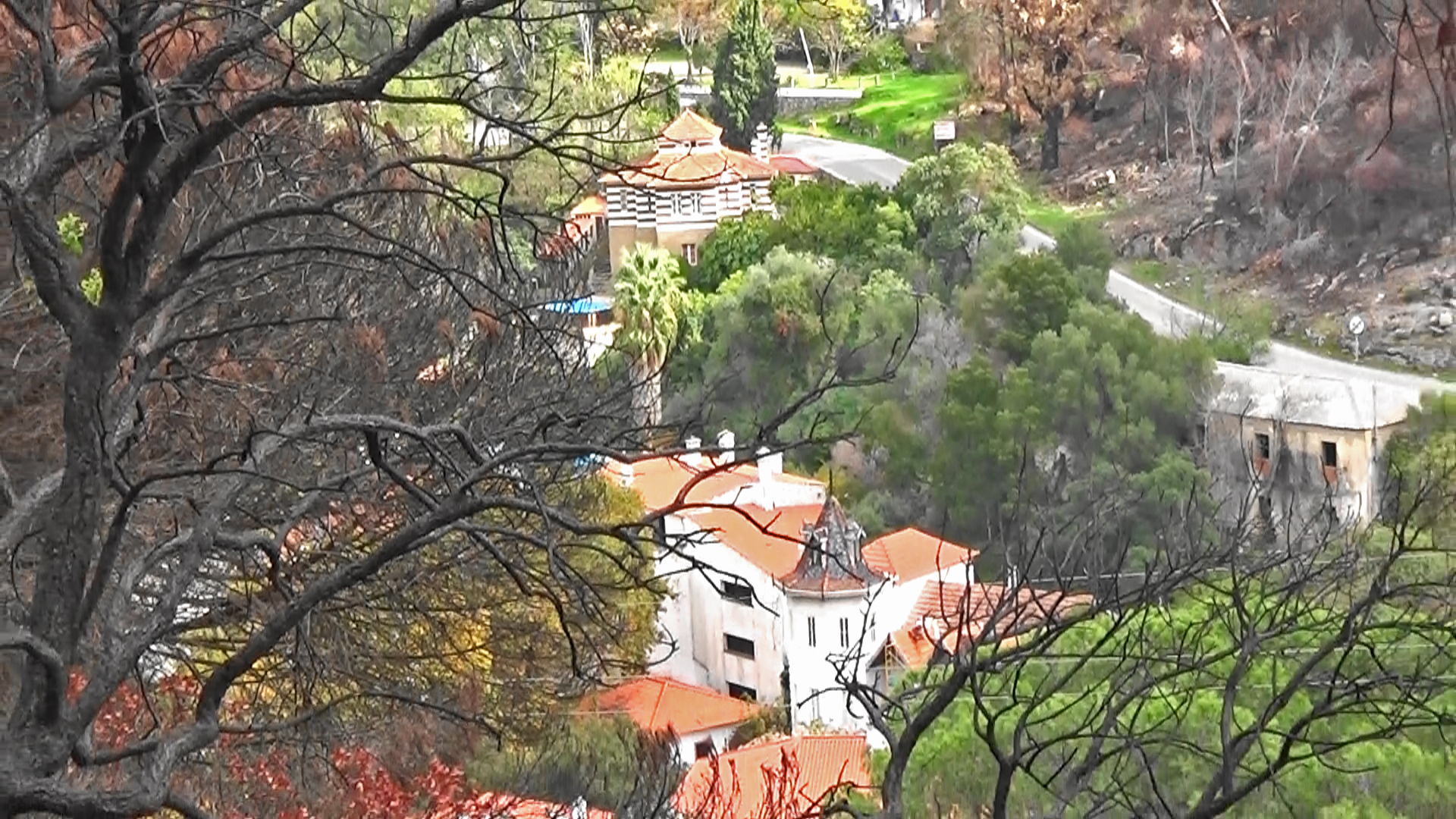
Featuring an eclectic mix of buildings, thermal spring hotels, a couple of restaurants, a chapel and the Monchique mineral water factory, the hamlet is set along two roads with a one-way system keeping traffic flow smooth.
There is plenty of free parking but this will get used up quickly in high season, when we made the video in October, there was plenty of parking space available.
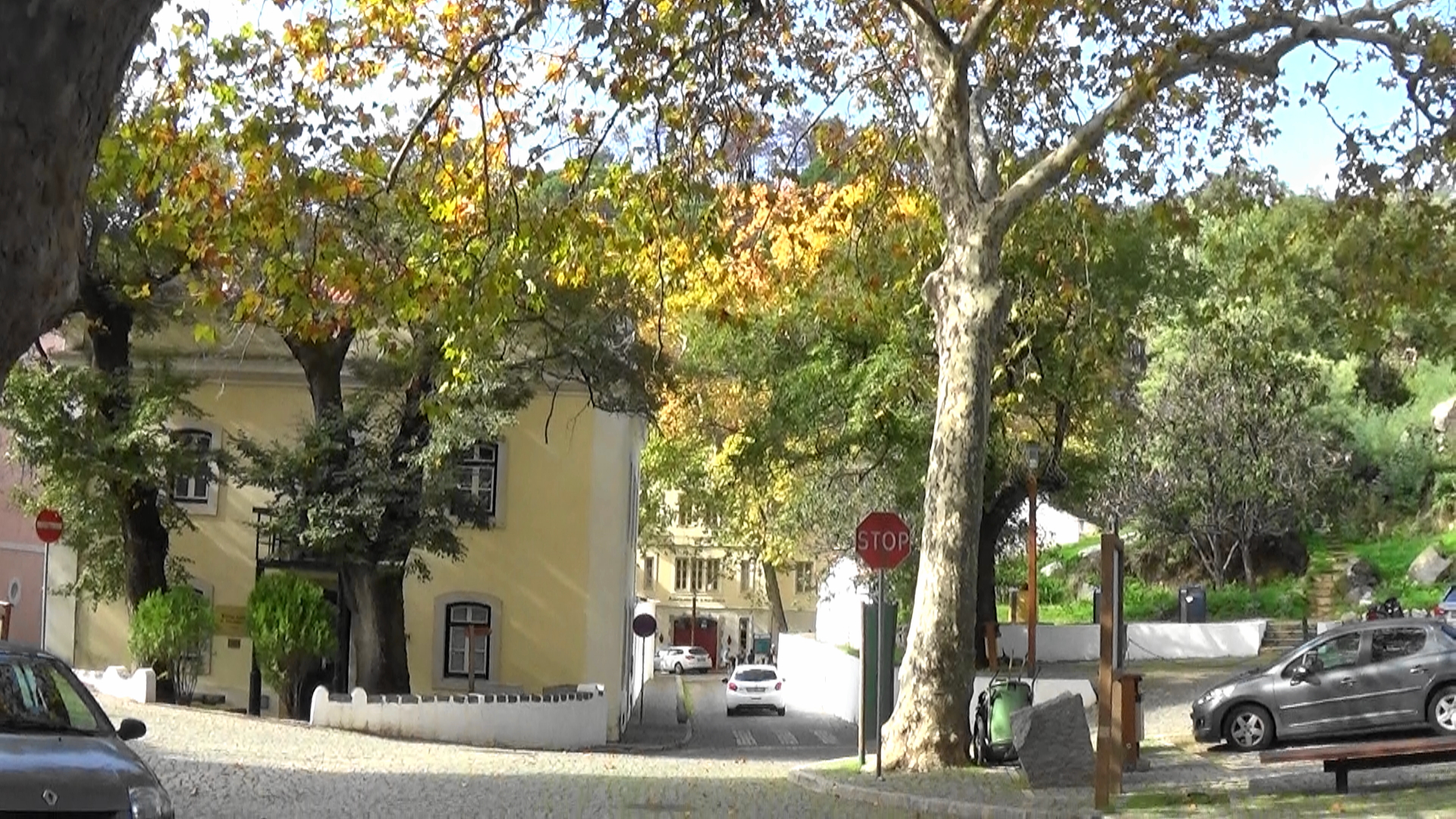
The one way system “in” road comes down the hill in the left of this photograph and terminates at the small car park on the right. You have to turn left here to continue on to the parallel “out” road which feeds you back past further on-street parking to the exit by the Monchique water plant.
Caldas consists of relatively small hotels set in cobbled streets amongst mature deciduous tress and offers photo opportunities at every turn.
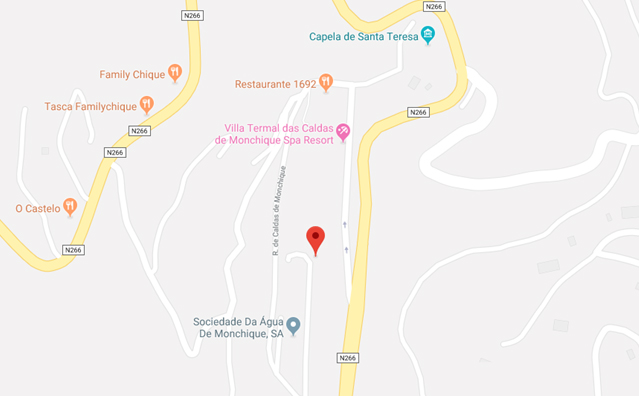
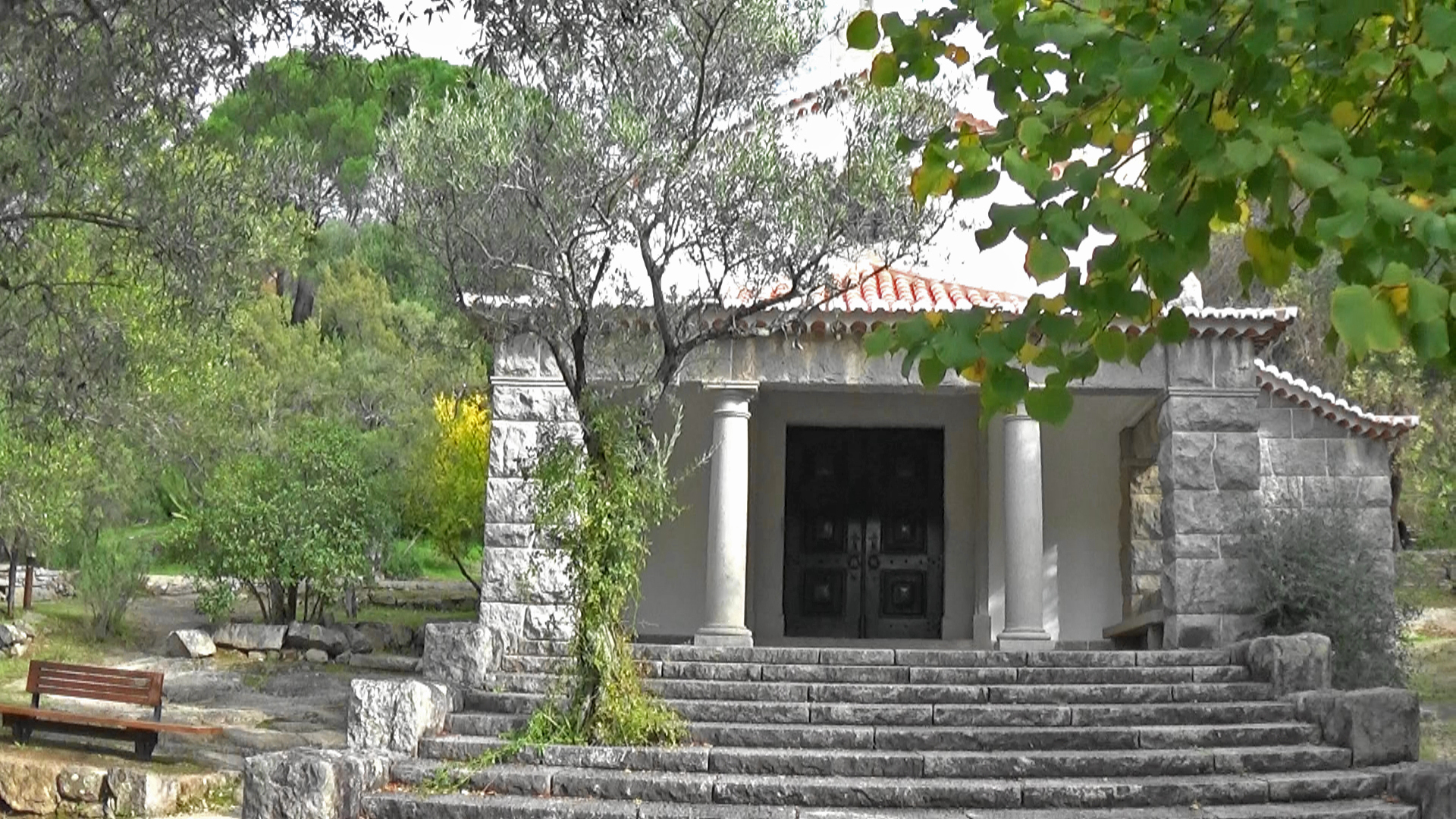
Before moving on to the waters that make Caldas famous, we walk up from the car park (dead end to traffic) and cross the bridge to the Capela de Santa Teresa. This small chapel is set at the upper northwest corner of Caldas.
A small but nicely proportioned building, the chapel features walls with azulejo tiles and a surprisingly detailed interior. Despite being built in 1940 by architect Carlos Rebello de Andrade at the request of the local council, the structure has been made to look authentic.
Local stone is used in the construction and the azulejos date back to the 18th century.
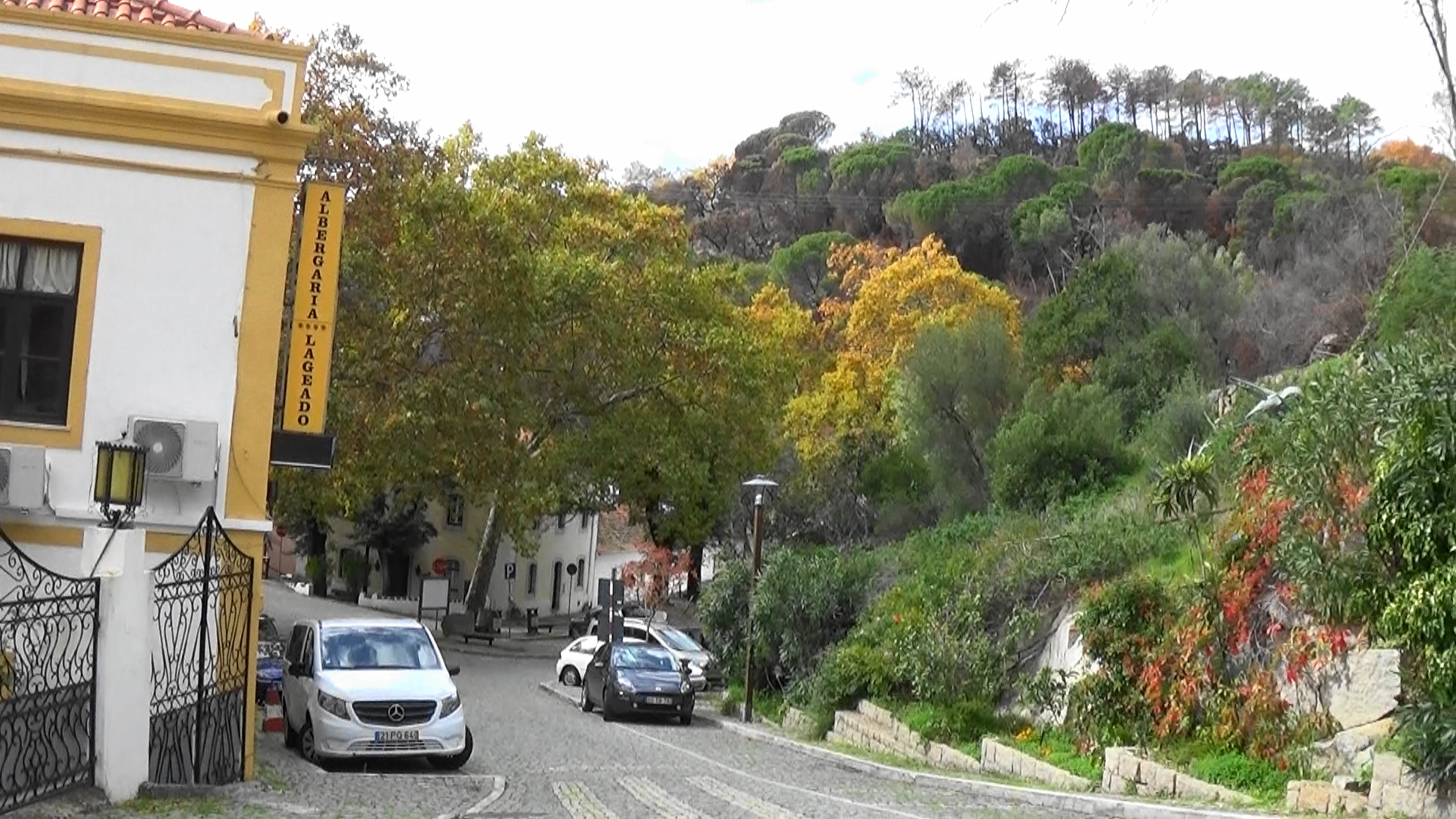
Looking back from Capela de Santa Teresa towards the square and the car park. Walking down the hill and turning right leads us to O Tasco winebar and restaurant where we begin the short but steep wallk along the water cascades up in to the woodland above Caldas
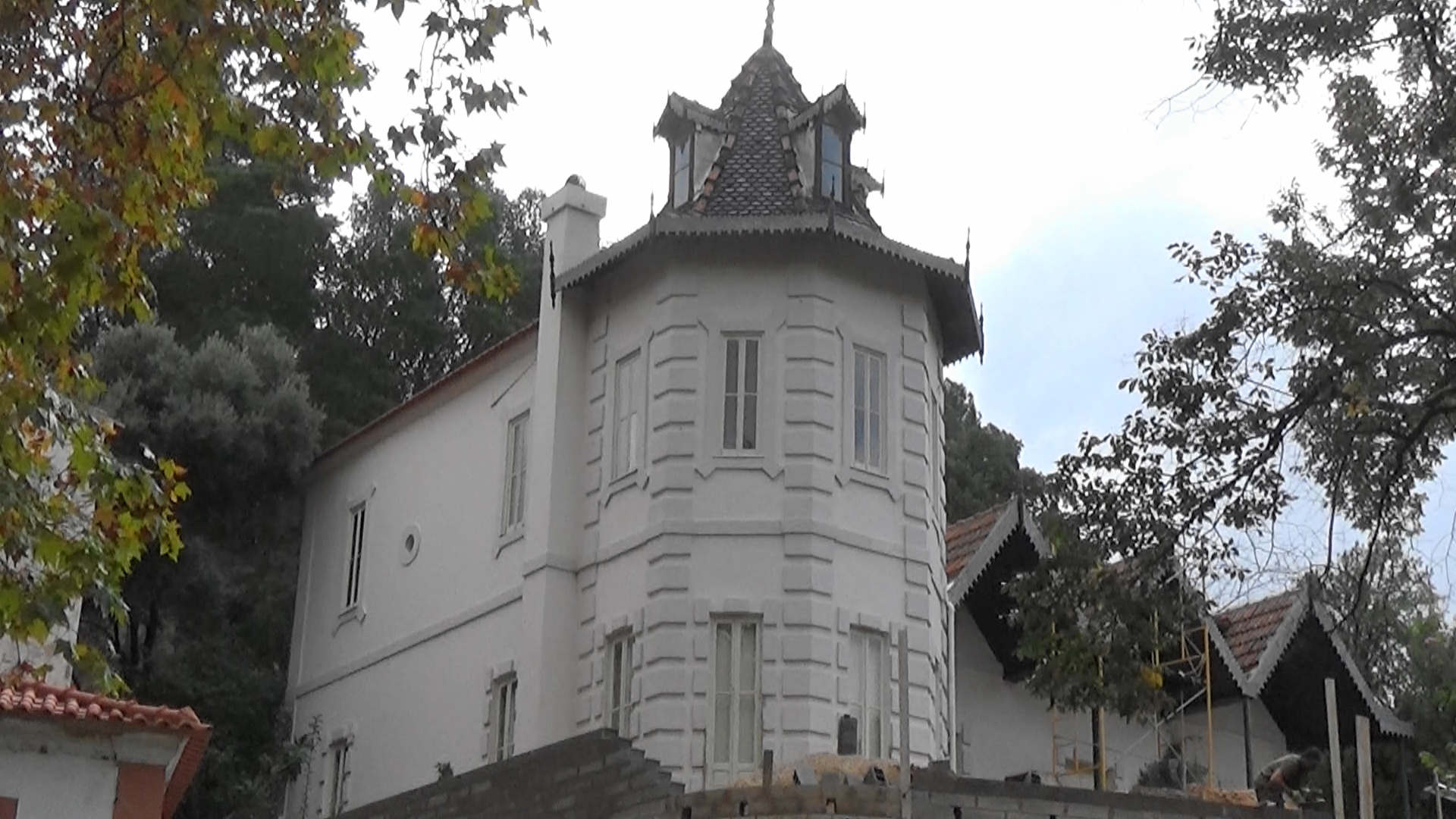
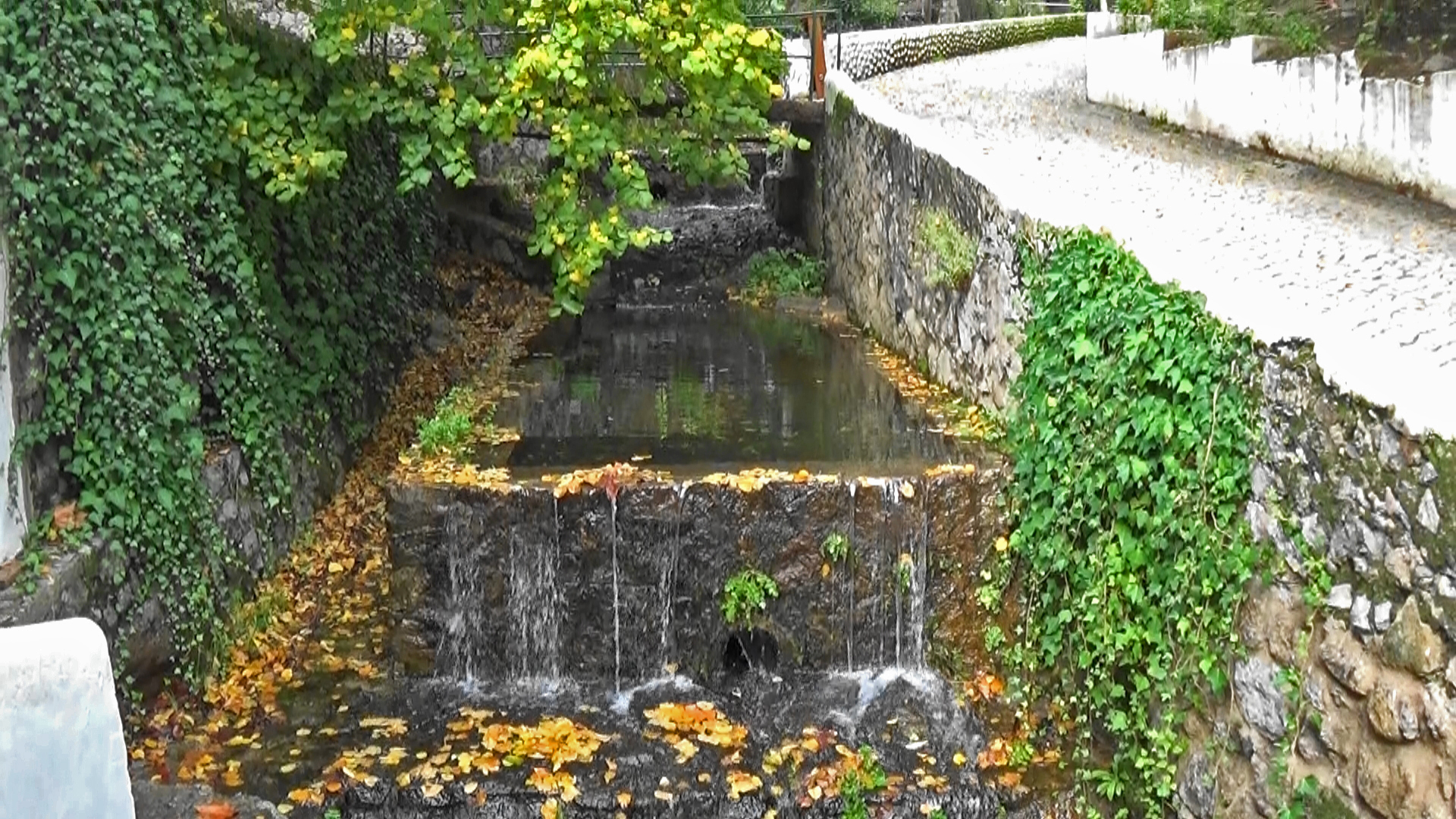
The water cascades begin (or rather end) just to the right of O Tasco. A series of pools and cascades bring water down the hill where it disappears underground in the direction of the Monchique water plant.
From this point a series of slopes and stone steps lead up to the head of the cascades some 600M further northwest. This is an easy walk for most moderately fit people but if you do have accessibility issues you will sadly find that no concession has been made to accommodate you. The slopes are, at least in part, wheelchair friendly (though steep) but there is no means to bypass the steps.
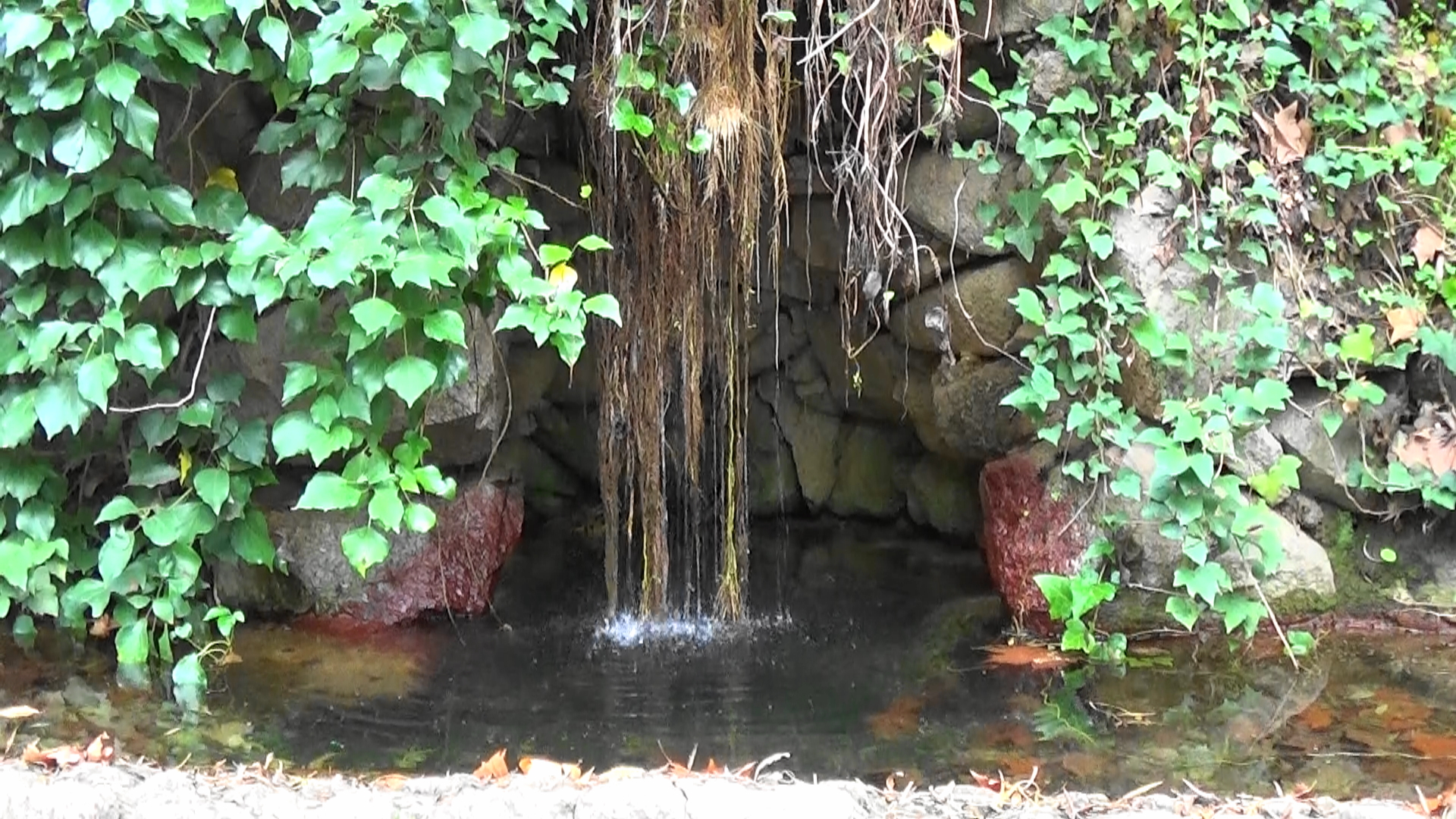
Up in the woods there are various different water features, all of them very photogenic. Since these features rely heavily on the water supply, earl or late season is the best time to visit if you want to see Caldas in full flow. There is always water flowing but Spring and Autumn are the better times to really appreciate the cascades.
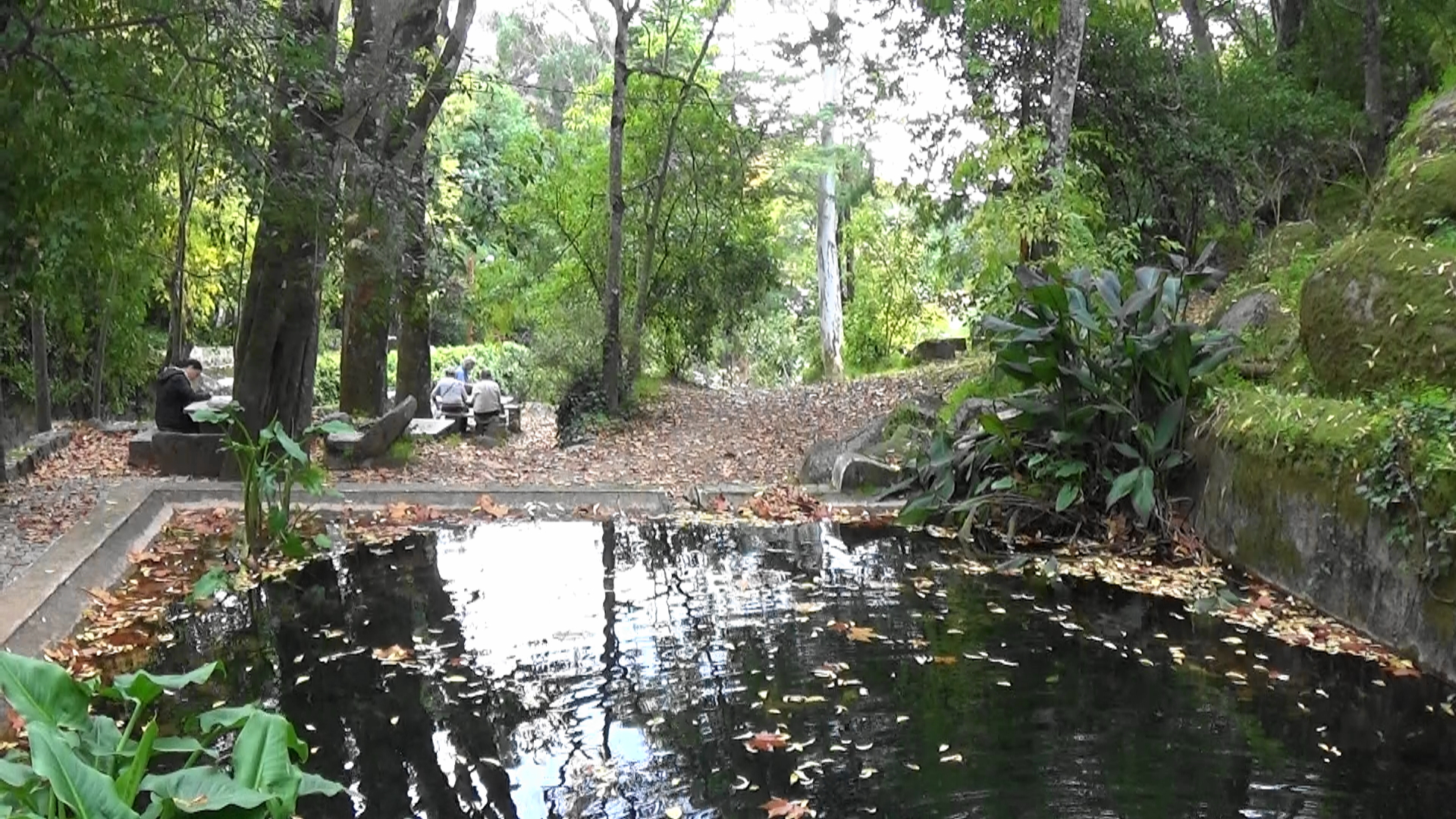
Here we are almost at the top of the cascades and at the end of the woodland above Caldas. The central area has many stone picnic tables and if you visit at peak times, at the weekends or on one of our many (now restored post-austerity!) bank holidays you will find many people here enjoying the natural surroundings.
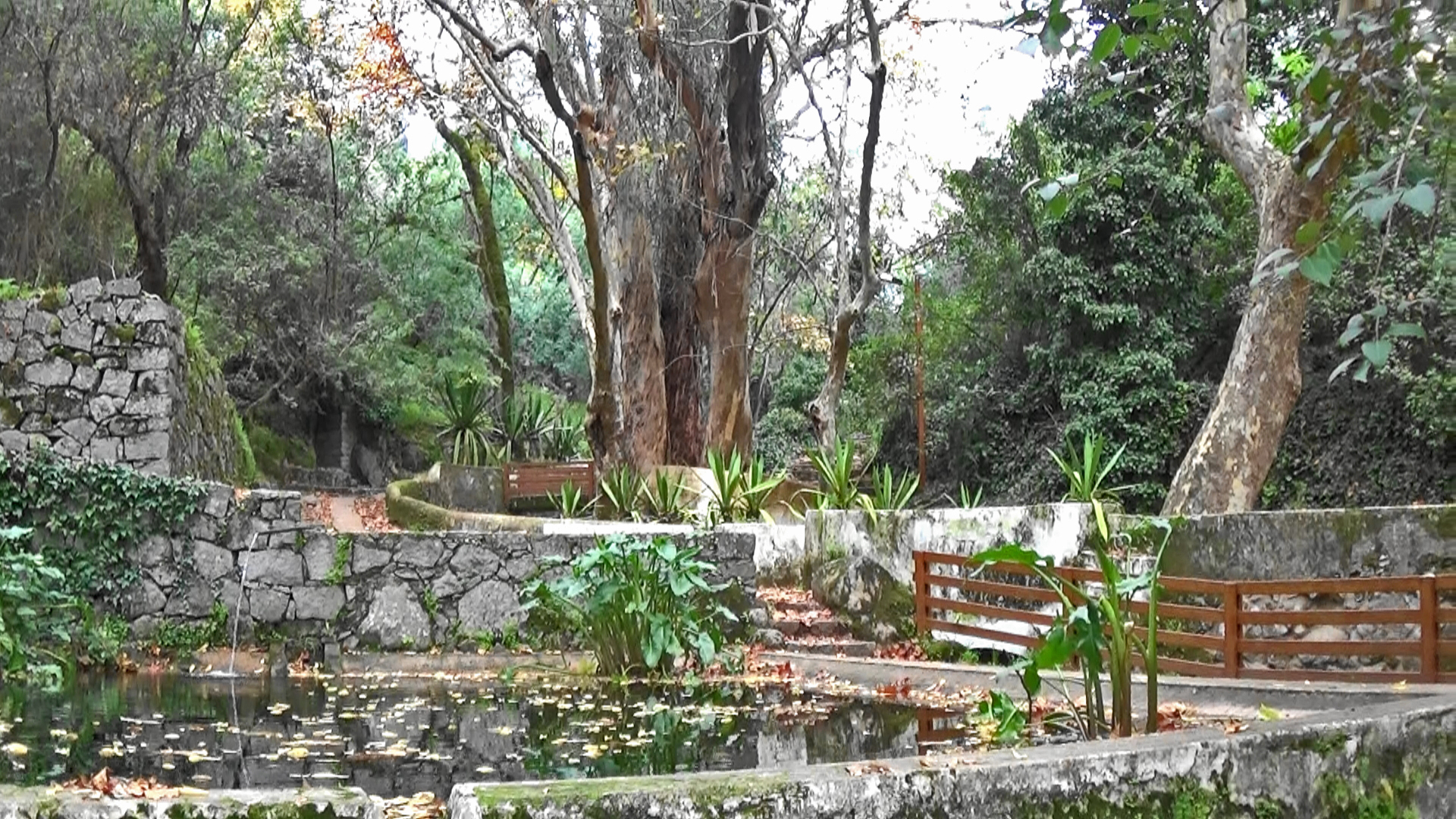
Since the trees here are predominantly deciduous, the woodland areas are colourful during the autumn. Fallen leaves and gaps in the canopy all add to the magical charm of the woodland areas.
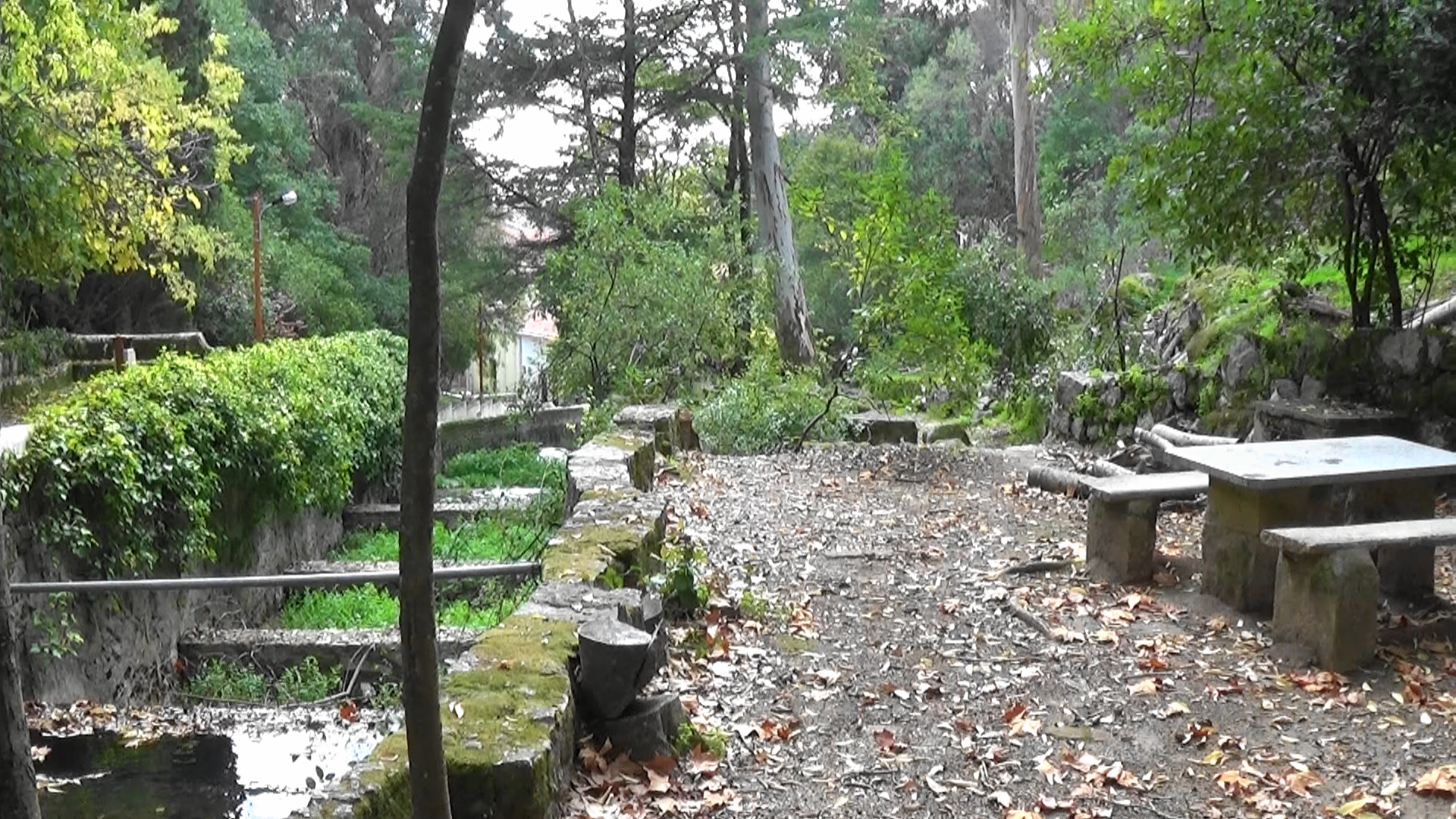
Another view along the central picnic area with the cascades on the left of the photograph. We are planning to eat near to Foia higher up the N-266 road above Monchique itself, s no picnic today
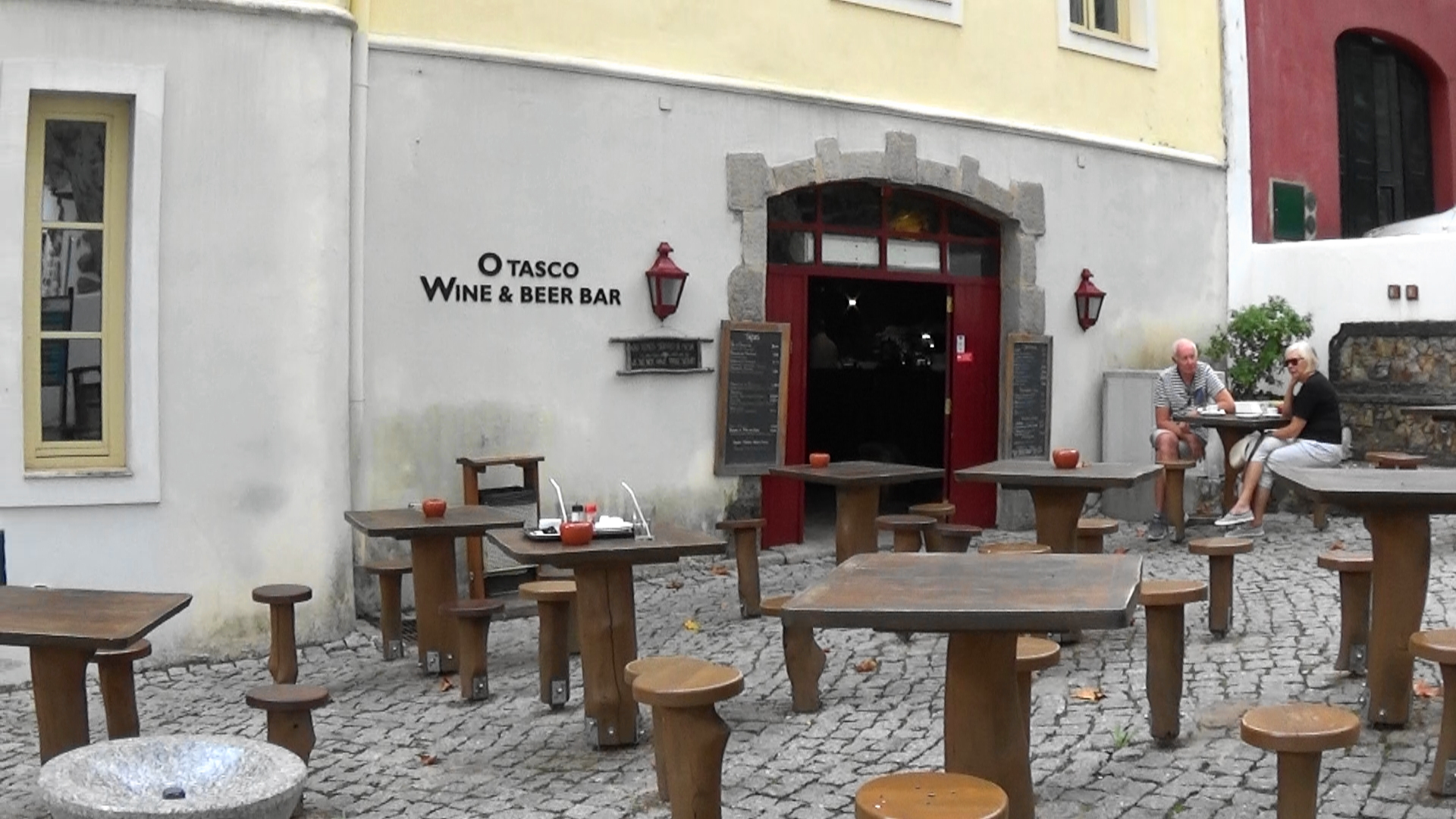
Back at the bottom of the cascades we encounter O Tasco.
This is a great place to have a “petisco” (small plate like tapas) and a beer or a nice glass of wine. In the cooler months you will find a roaring open fire inside!
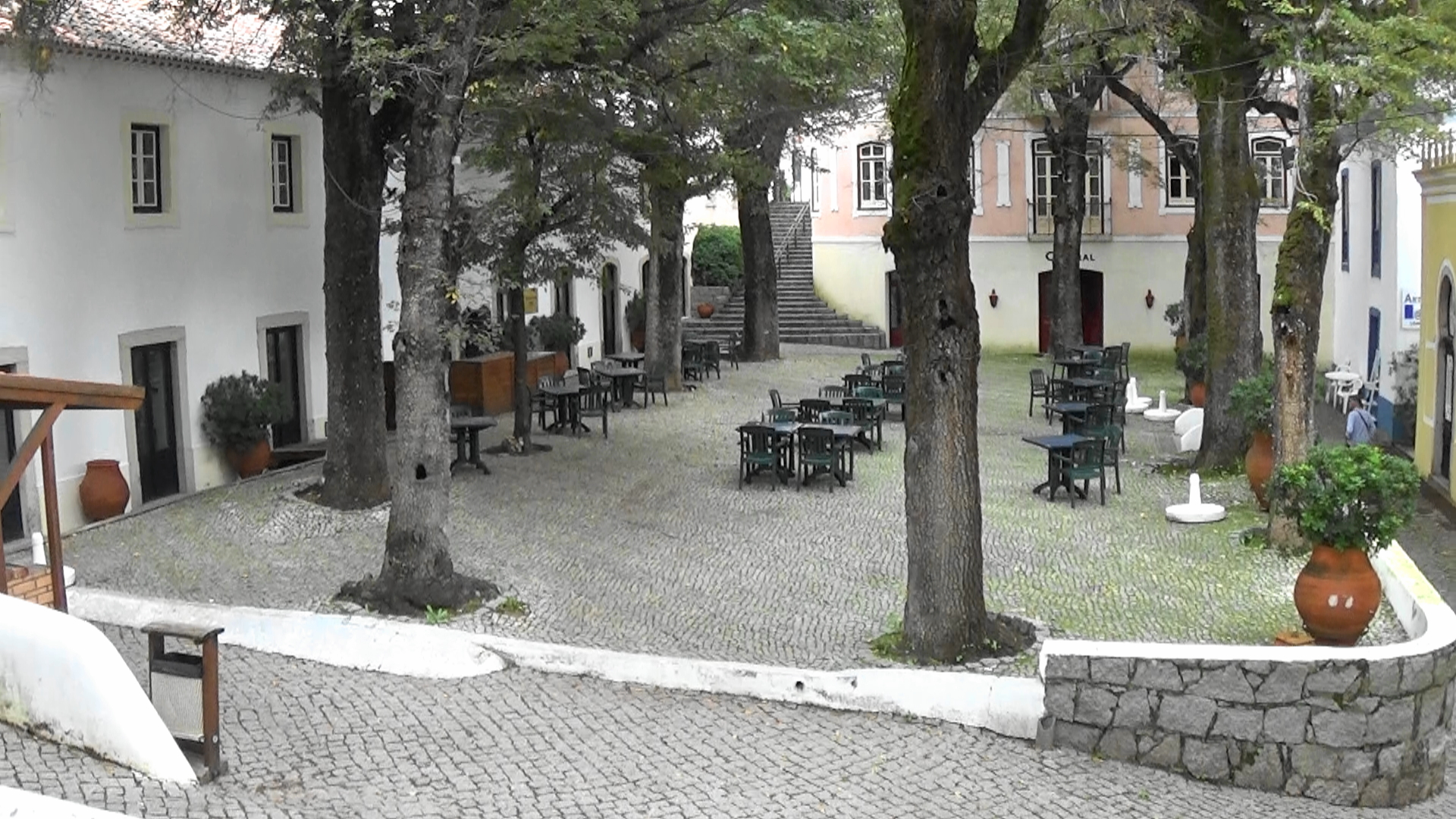
Here in the square you will find Restaurant 1692. A cosy place offering mostly traditional Portuguese fare in a warm and friendly atmosphere.
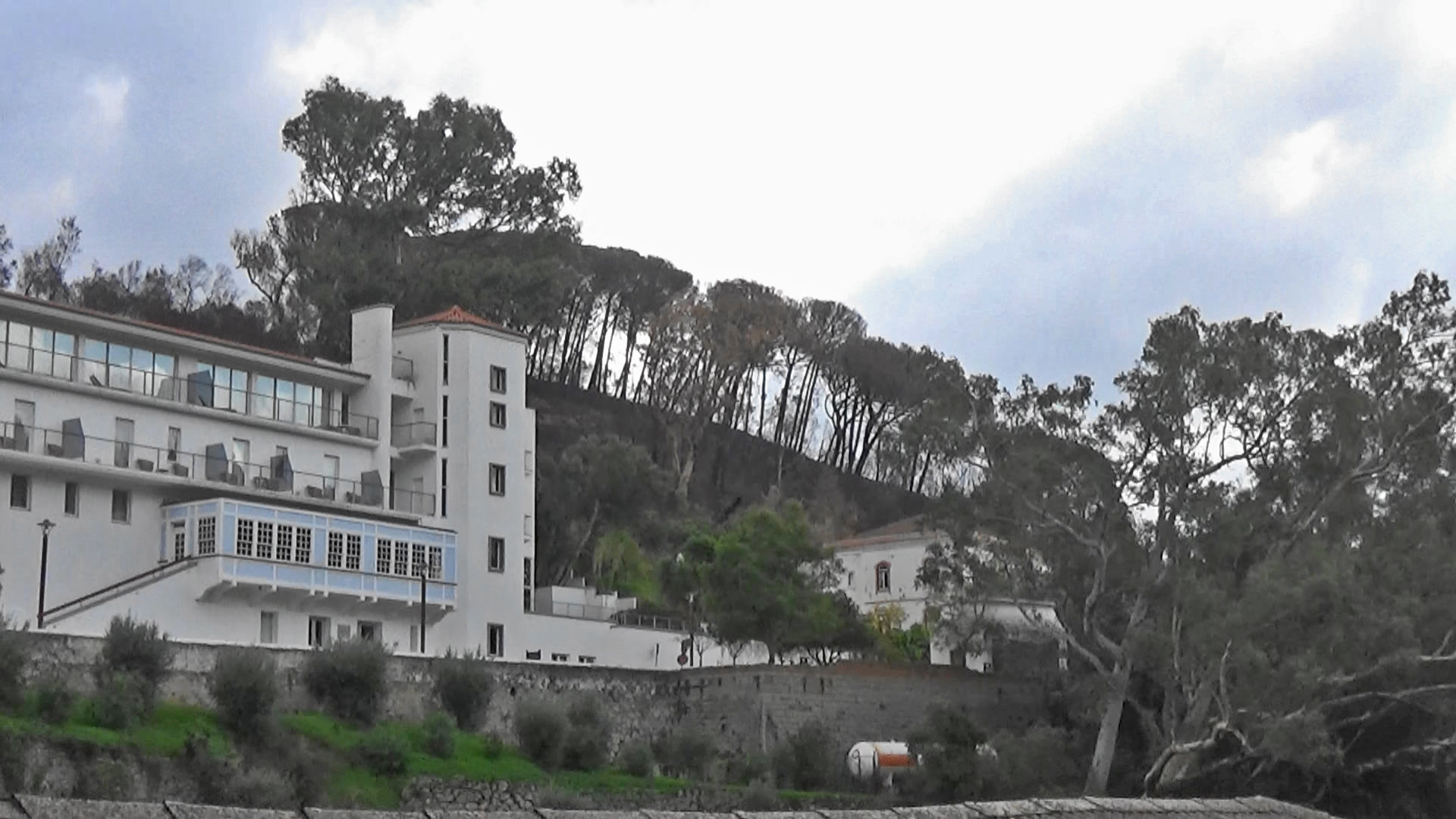
A view of the Villa Termal hotel from the lower part of the “out” road. Above the hotel the treeline is still scorched from the raging wildfires back in August. You can see how close the fires came to the hotel and if you travel the N-266 there is still a great deal of fire damage in evidence along the entire route.
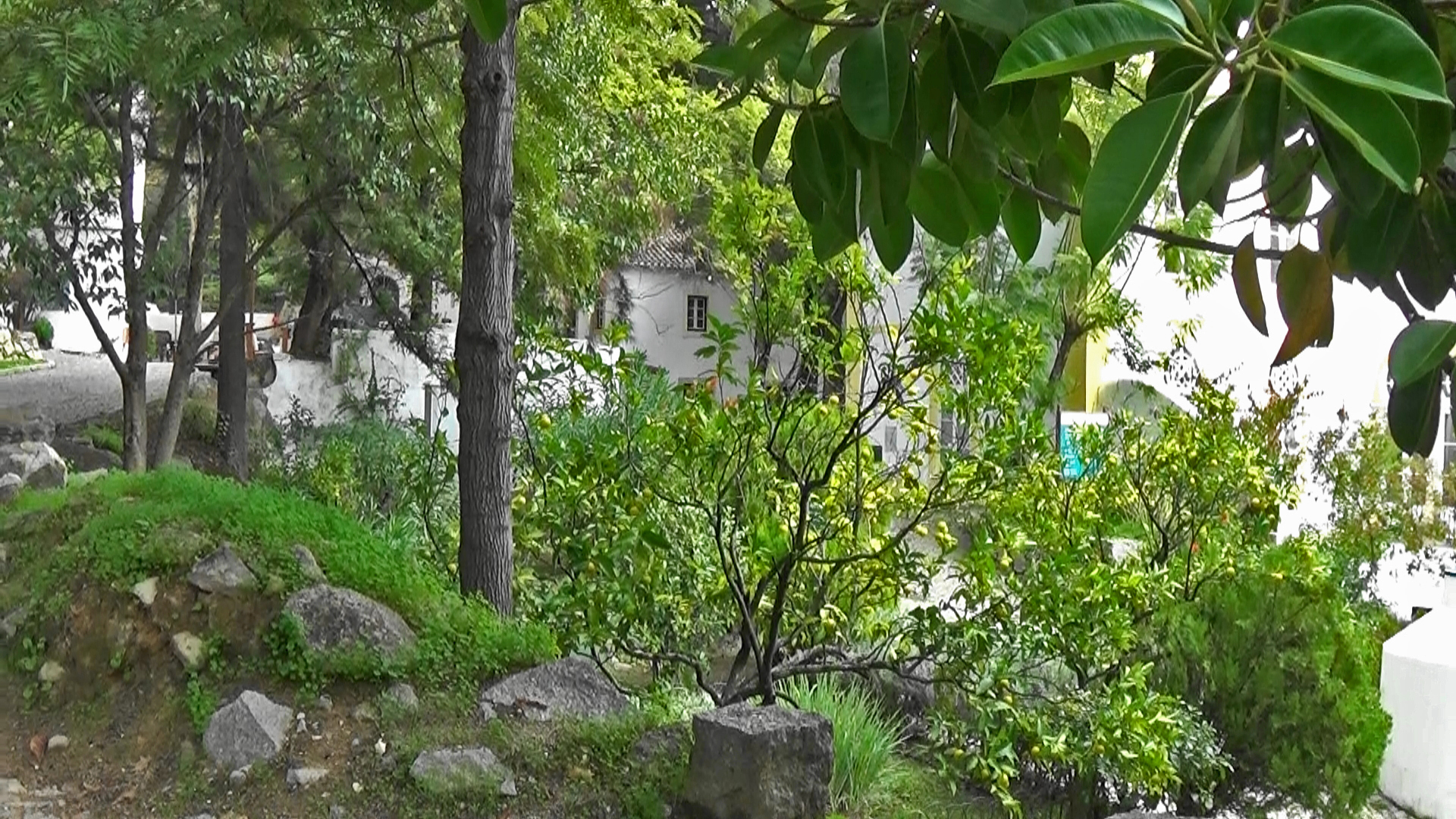
So why visit?
- Caldas is an oasis of calm, even at relatively busy times.
- It makes a great change from the coastal resorts
- There is a photo opportunity around every corner
- If you want to take the waters there are small hotels in the village or the huge and relatively new McDonald Spa just outside.
- Caldas is generally cooler than the coast in high summer.
- Caldas is “quirky” and shows you a more traditional side of the Algarve.

Our Top Tips
- Try to visit in spring or autumn
- March and April or October and December offer the best water flows
- Take your camera and make sure you have some memory card space
- In the winter especially, the open fire at O Taco is a welcome site
- Take a break from the coast and see something different
Acknowledgements:
We would like to thank all the creative people who contribute to the musical content on YouTube creative commons. For the video we used the following tracks;
Free Royalty Music Calm Acoustic Guitar Background Music from Royalty Free Music
Royalty Free Music [Celtic Music]: Irish Forests #20 from Jamie Nord Music

[…] Our quick guide to Caldas de Monchique […]